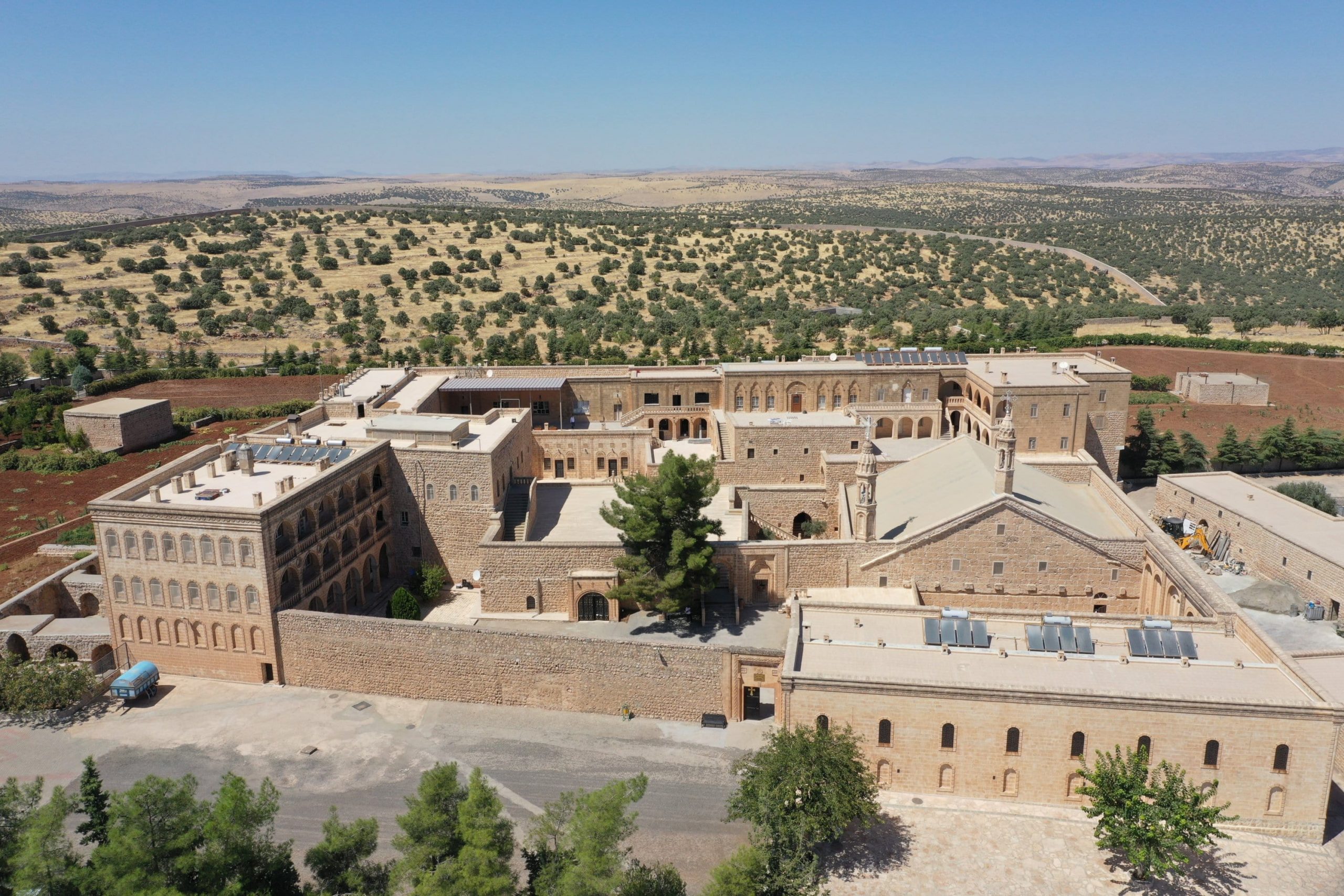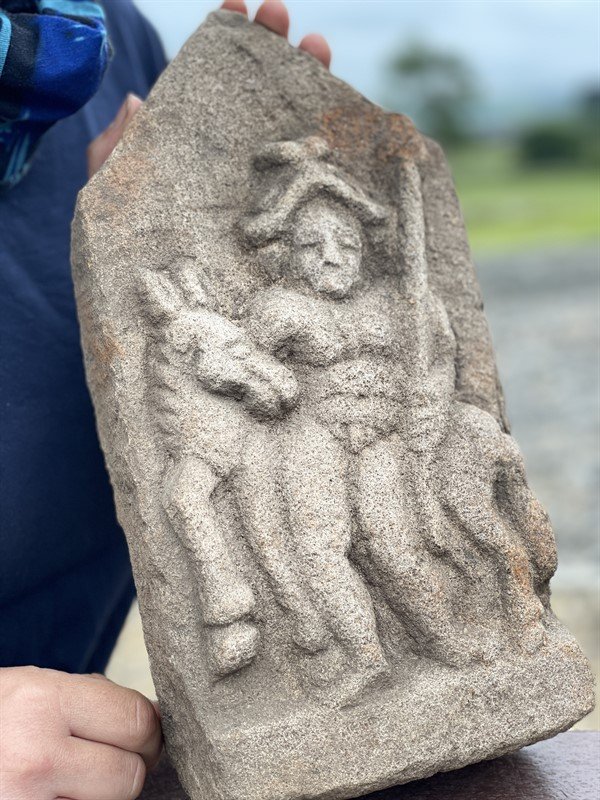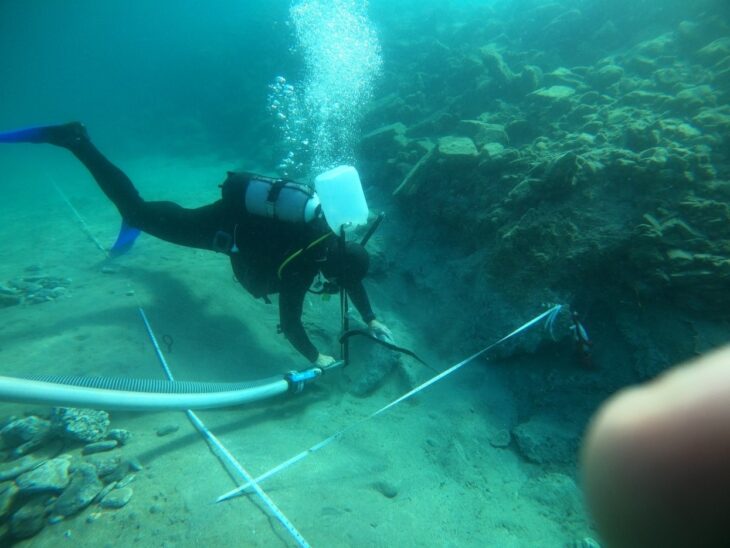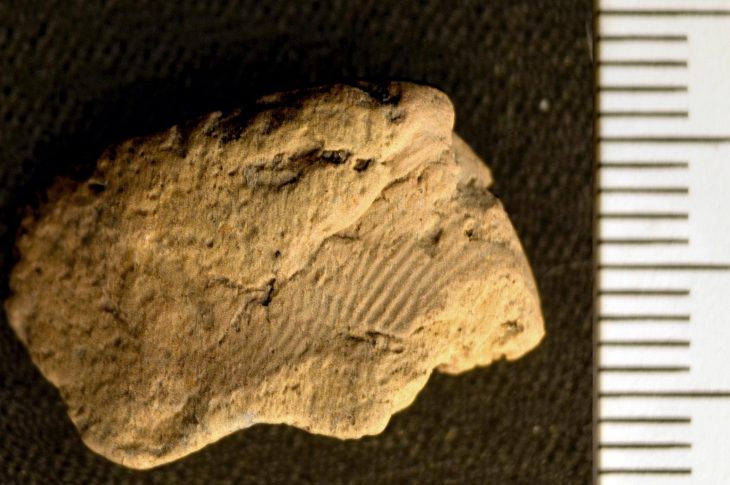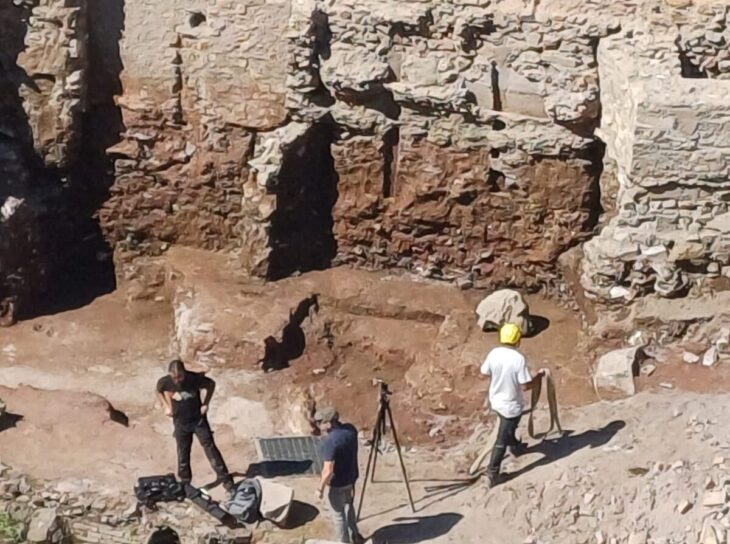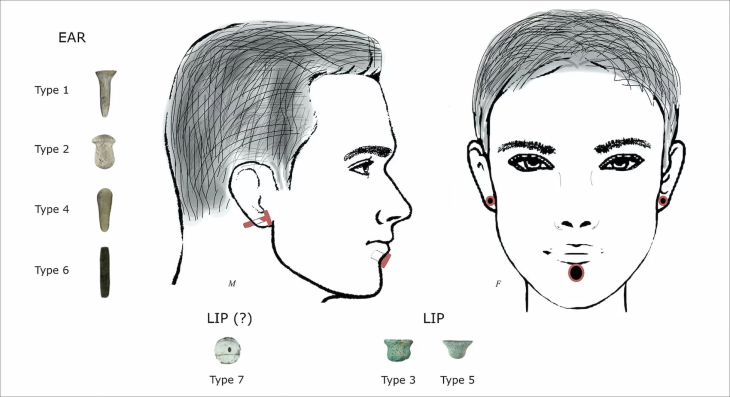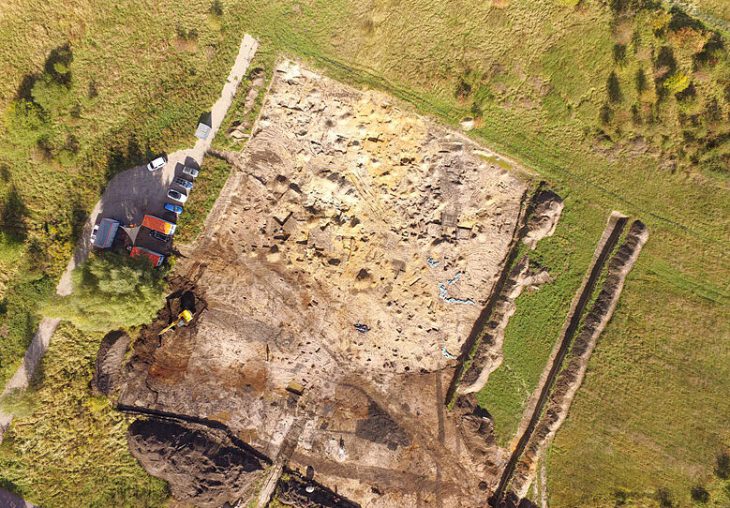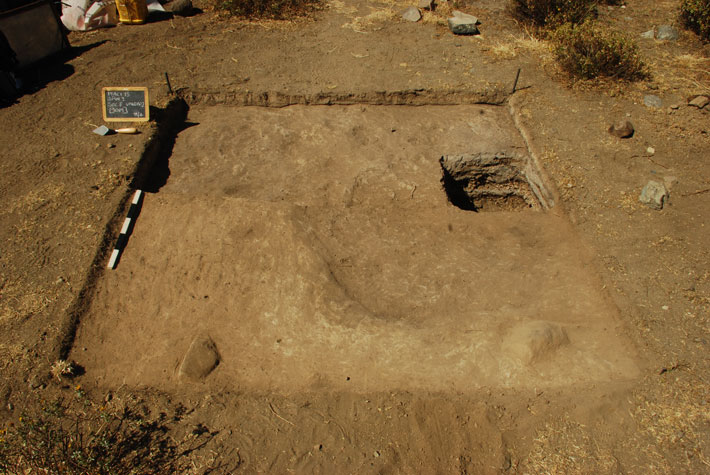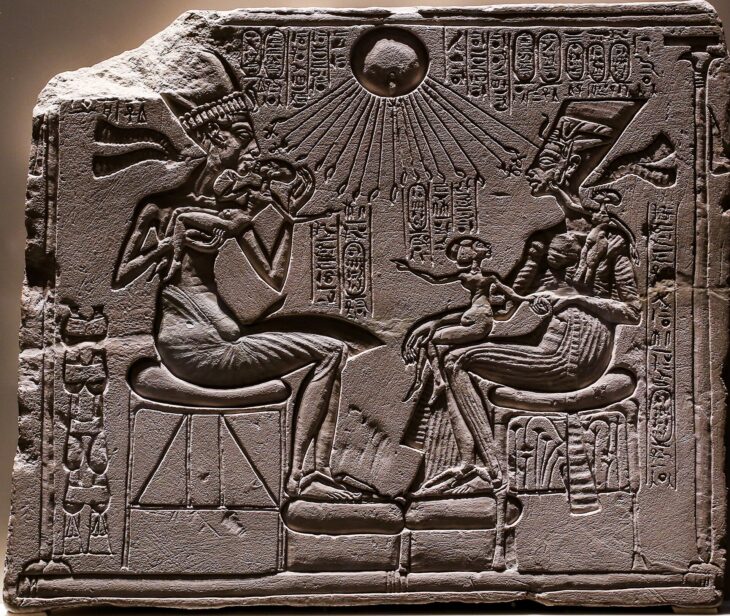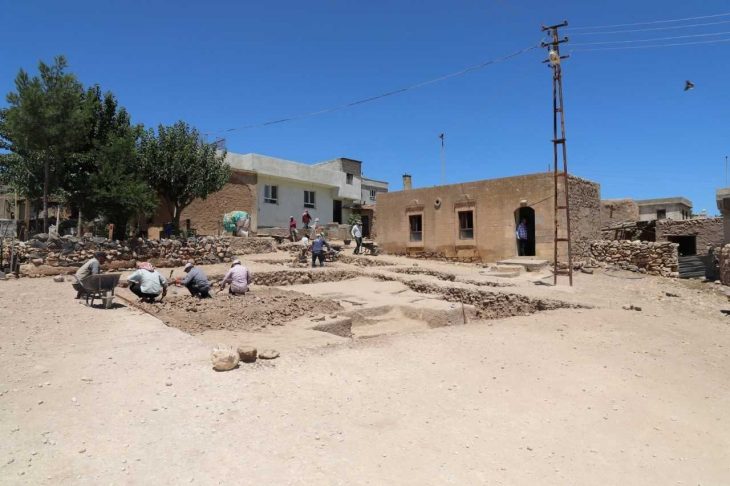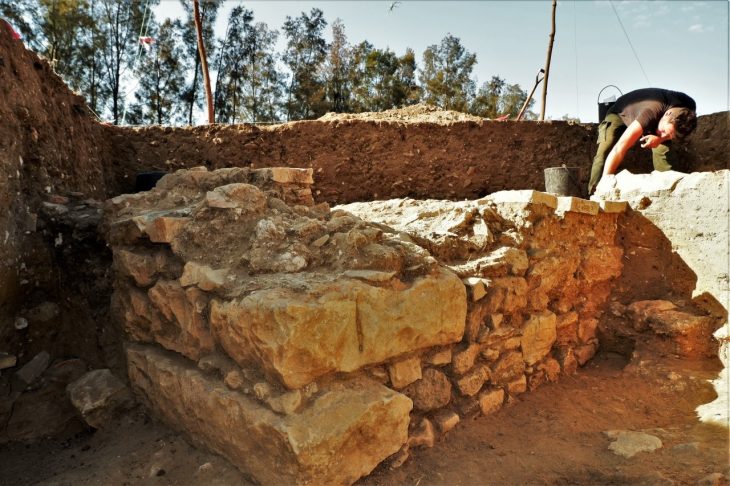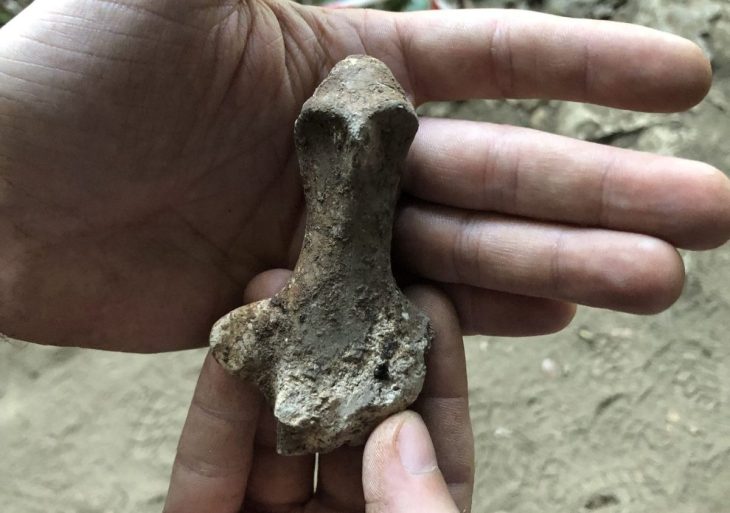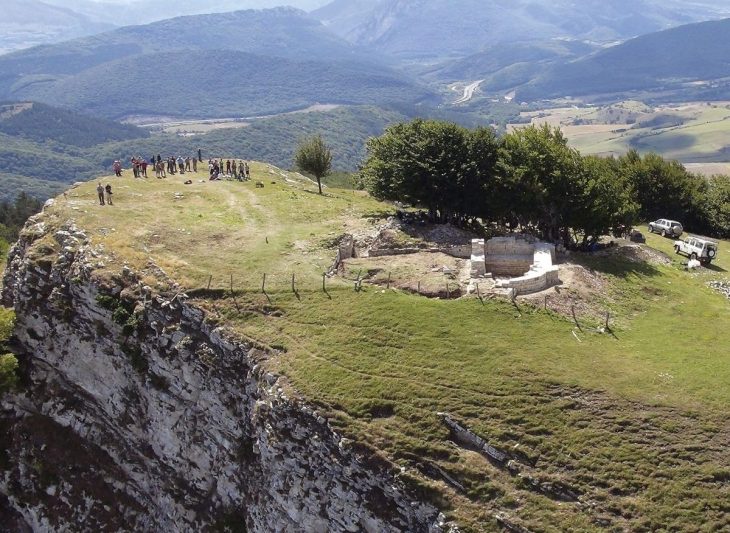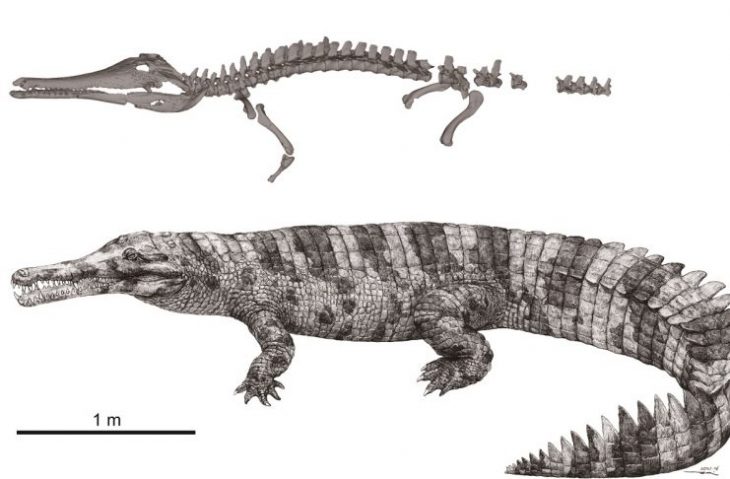Two additional cultural objects have been added to Turkey’s World Heritage Tentative List, bringing the total number of cultural assets on the list to 85. The late antique and medieval churches and monasteries of Midyat and the surrounding region (Tur Abdin) in southeastern Mardin province, as well as the historical town of Kemaliye (Eğin) in eastern Erzincan province, were recently added to the list.
Turkey had 83 assets on the list in 2020.
The Kemaliye district, situated on the Silk Road and caravan roads, is notable for its distinct urban texture, architecture, and initial settlements. The Euphrates had an impact on the region’s design space and architecture, and settlements were built in response.
Karanlık (Dark) Canyon, which is about 35 kilometers (21.75 miles) long, is a part of the Kemaliye settlement. Dark Canyon is one of the top five deepest canyons in the world, with a height difference of up to 1000 meters (3280.84 feet) between the river’s mouth and the valley’s floor. According to the UNESCO website, remnants of the Turkish population were also be found 4 to 5 kilometers northwest of Kemaliye in the Dilli Valley. Photometric scans and ethnographic techniques were used to collect evidence from petroglyphs and carvings in the valley, resulting in considerable information about Turkish culture’s past.
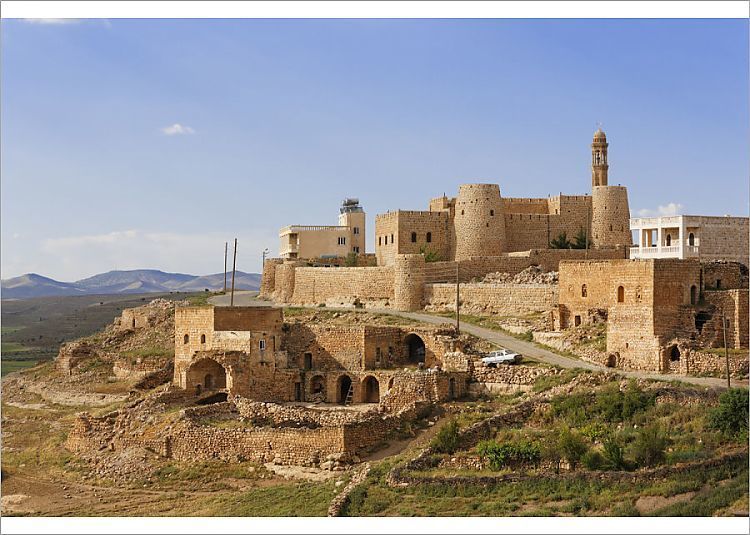
The Tur Abdin (meaning “the Mountain of the Servants of God” in Syriac) area, which contains early examples of monastic architecture, witnesses the appearance of a modern and distinct architectural language that has been synonymous with the Syriac Orthodox community throughout history. Tur Abdin, a limestone plateau, has a distinct cultural landscape that includes nearly 80 villages and 70 monasteries from different eras.
📣 Our WhatsApp channel is now LIVE! Stay up-to-date with the latest news and updates, just click here to follow us on WhatsApp and never miss a thing!!
The Church of Mor Sobo, the Church of Yoldat Aloho, the Monastery of Deyrul Zafaran, the Monastery of Mor Gabriel, the Monasteries of Mor Abai near Qelleth, Mor Loozor near Habsenas, the Monastery of Mor Yakup at Salah, and the Churches of Mor Quryaqos at Urdnus and Mor Azozo el at Kfarze were chosen for nomination.
These structures, which share similar characteristics and dates from the sixth and eighth centuries, help to understand the character of the country as a whole. They are also a significant example of Turkey’s rich cultural history with various beliefs.

